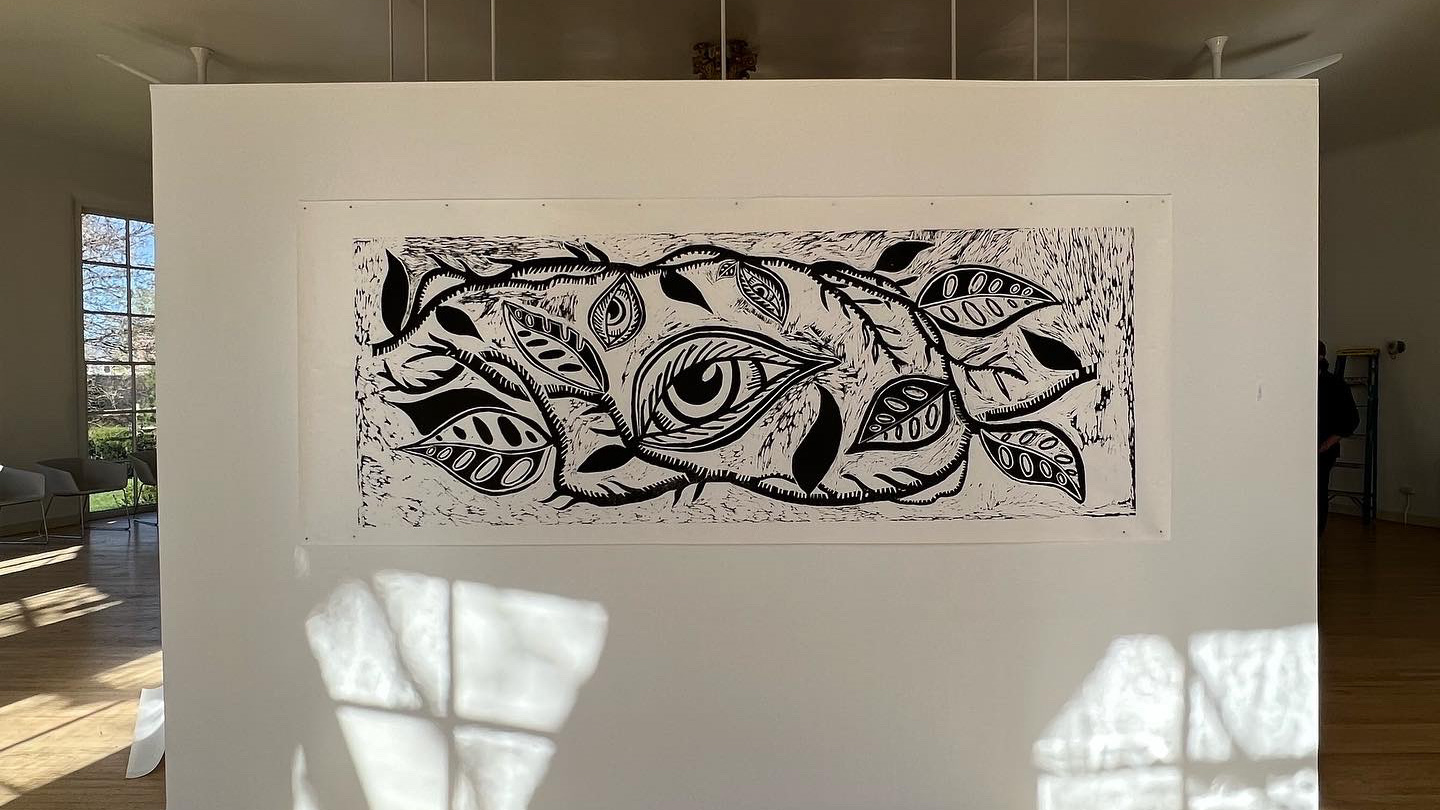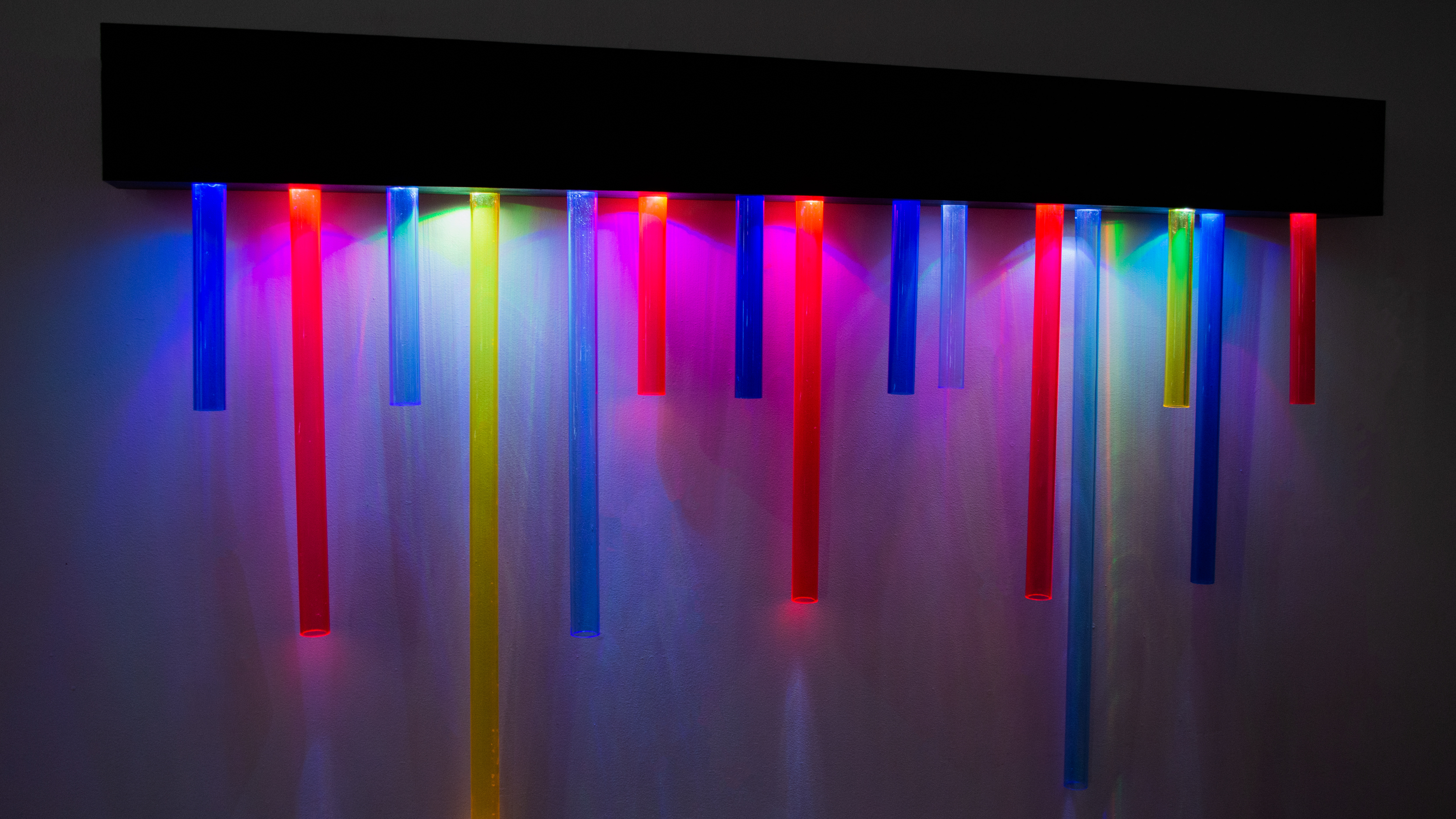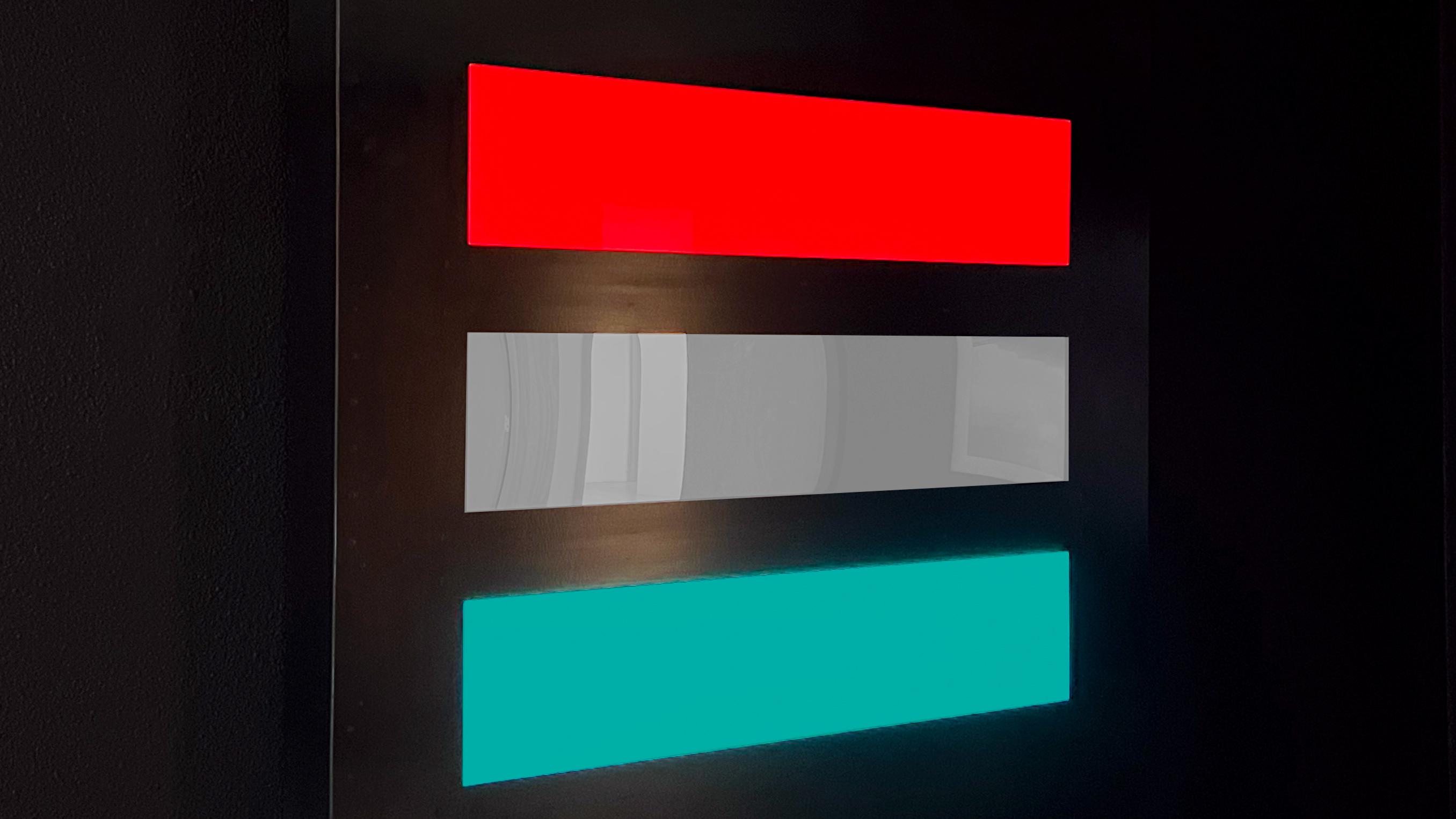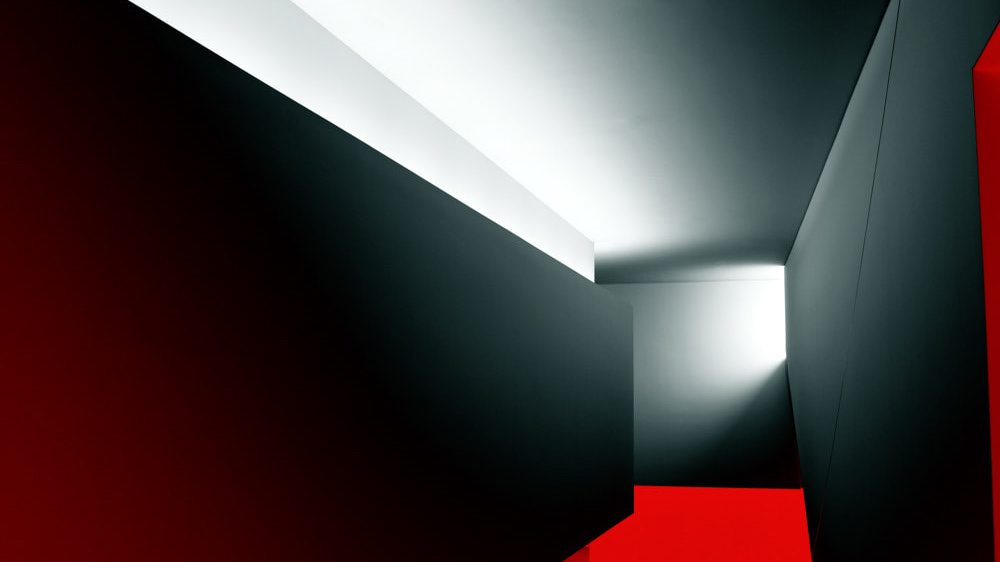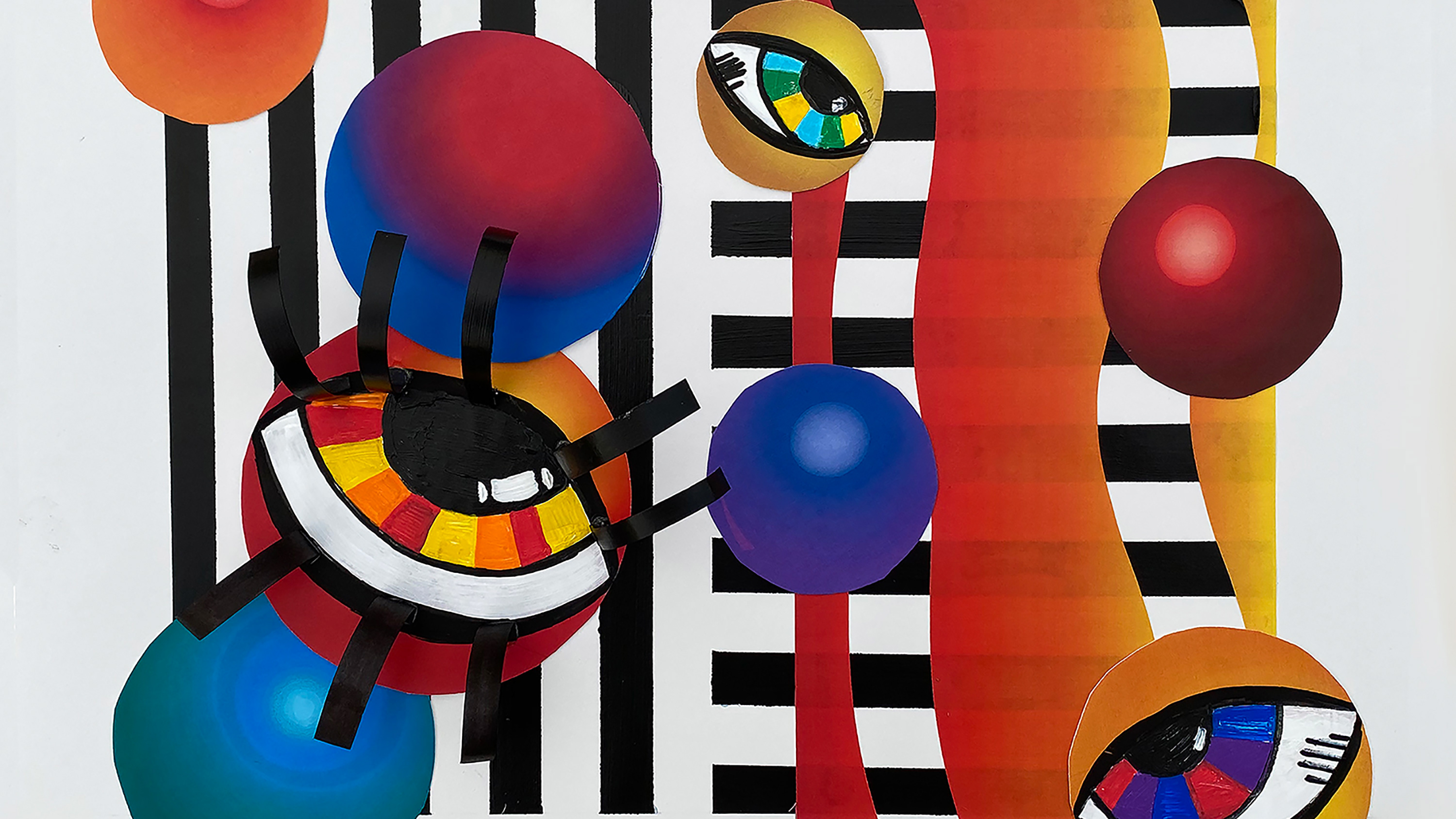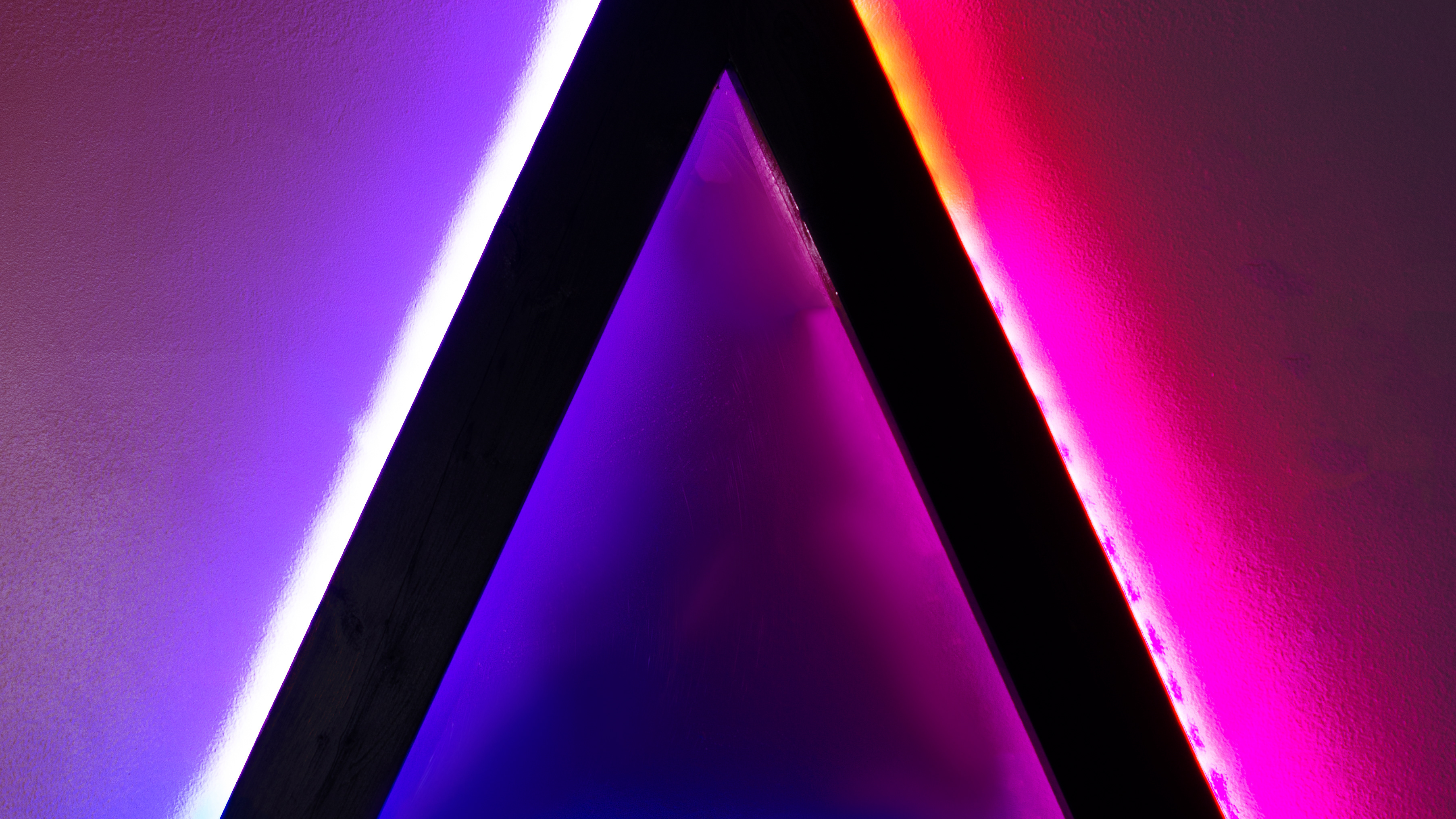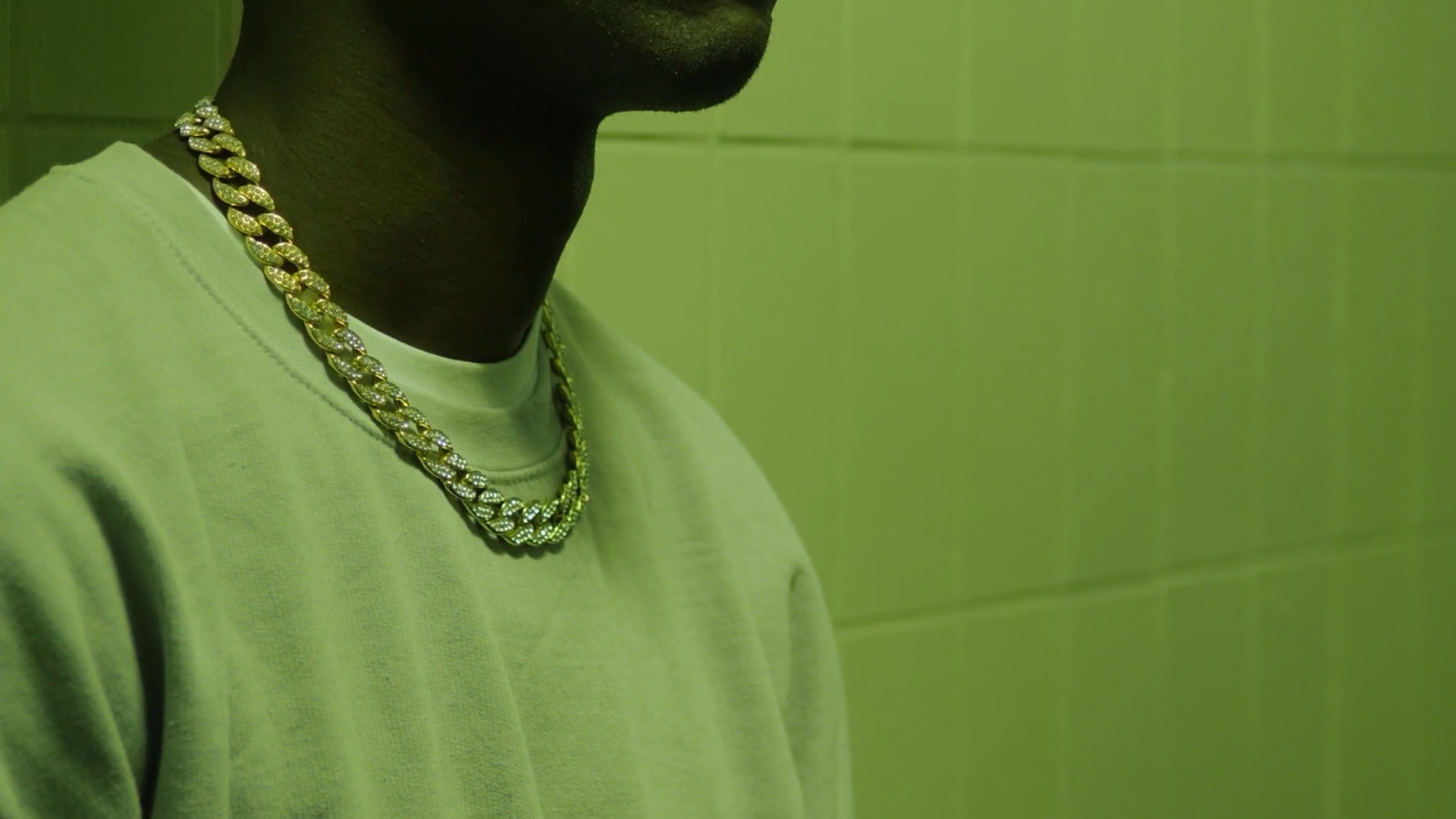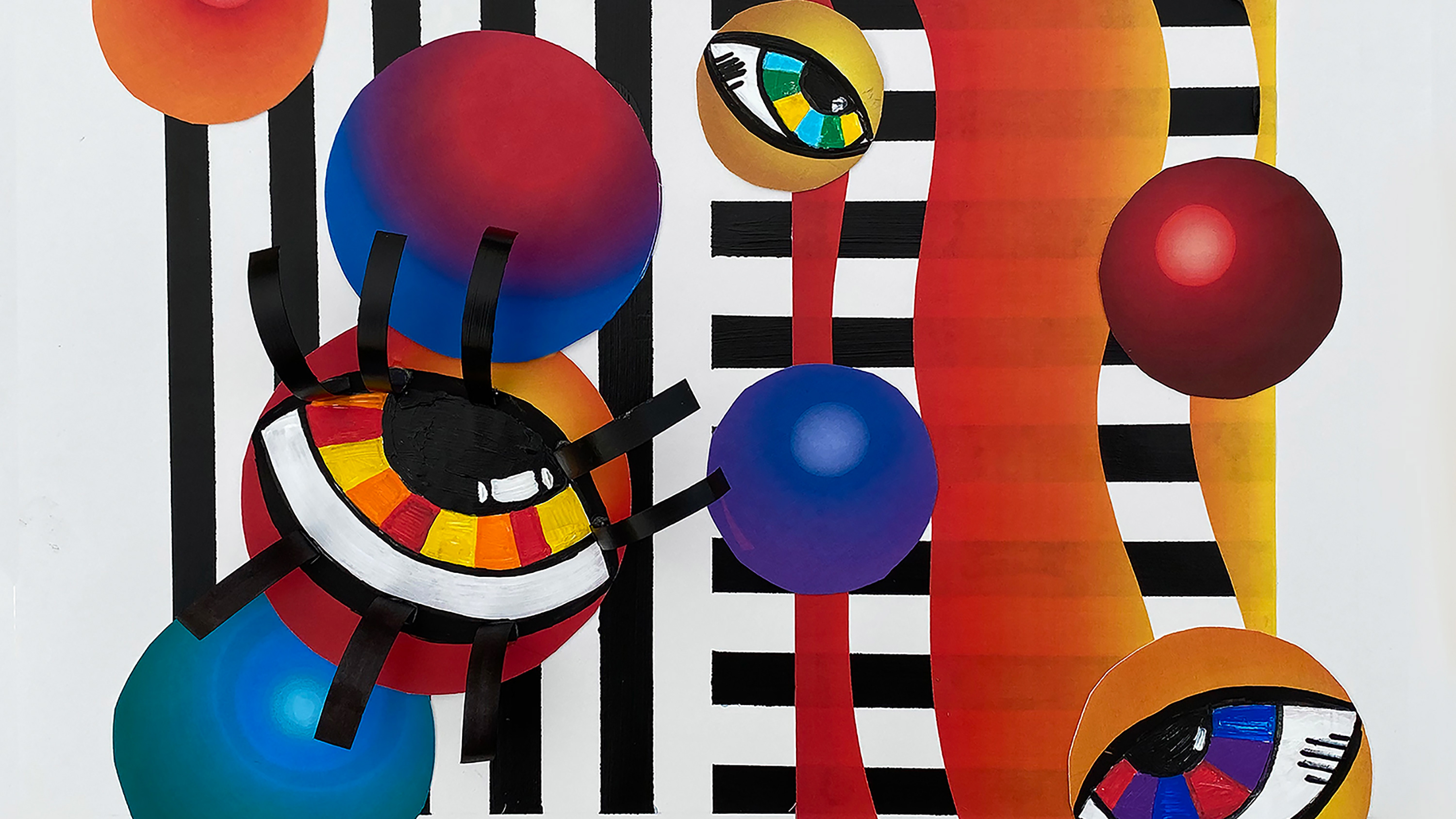Luminosity
Los Angeles, California
November 05, 2023 – February 29, 2024
November 05, 2023 – February 29, 2024
Curatorial Statement:
Luminosity can be defined as either the relative quantity of light or the relative quantity of radiation emitted by a celestial source (such as a star.) In this case, it means both at the same time. The light and space movement started in California in the 1960s, focusing on immersion and how light interacts with space and time. In 2022, the movement is still going strong, with a new wave of contemporary artists breaking new boundaries and using now-standard materials in a way never imagined. Unlike any other art movement, common materials included glass, acrylic, resin, and plastic and later included LED and aluminum.
Due to the culture at the start and duration of the movement, the leading women of Light and Space did not get nearly as many opportunities as the men did because men primarily ran the art world. This exhibition includes the women in and outside the movement to give a complete and precise show of all the work utilizing light and space. The collection provides a massive, immersive quality other spaces cannot offer by isolating the works and controlling their displayed environment. No outside light or light from other works will interfere with any other pieces to give the viewer the fullest potential of the work.
Exhibition space:
The Luminosity exhibition would be in a warehouse reworked into a gallery/museum. This type of space exists, specifically in Dallas at The Warehouse Dallas. However, it does not live in Los Angeles, where the exhibition would occur. I chose Los Angeles to be the location for the show because that is primarily where the Light and Space art movement originates from, and I think the sun is at its best in California. While this type of space does exist, it would need changes to be able to showcase all the light works with little to no interference. For example, the gallery walls would need to be at least 30 feet tall, the doorways need black strip curtains, and some rooms need interior lighting for works that do not include light. All of this would be to make sure that viewers see the artworks isolated and at their fullest potential; however, a mezzanine in the warehouse would be an excellent addition to see the tops of each gallery wall and the light spilling out the top.
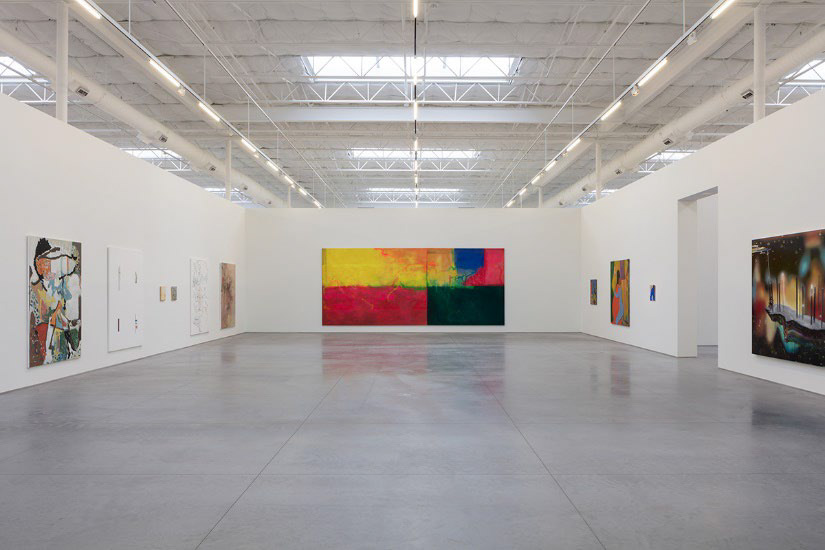
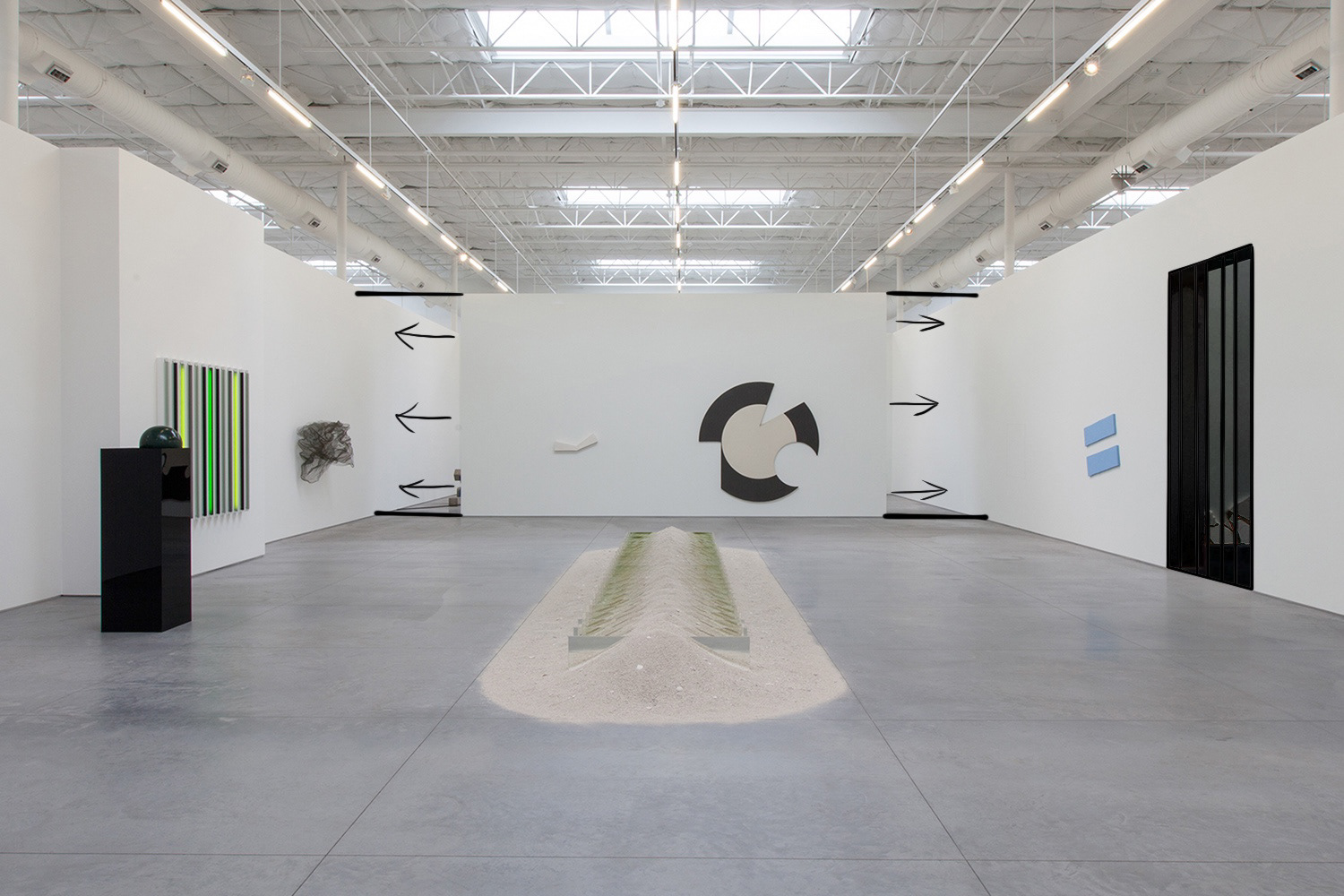
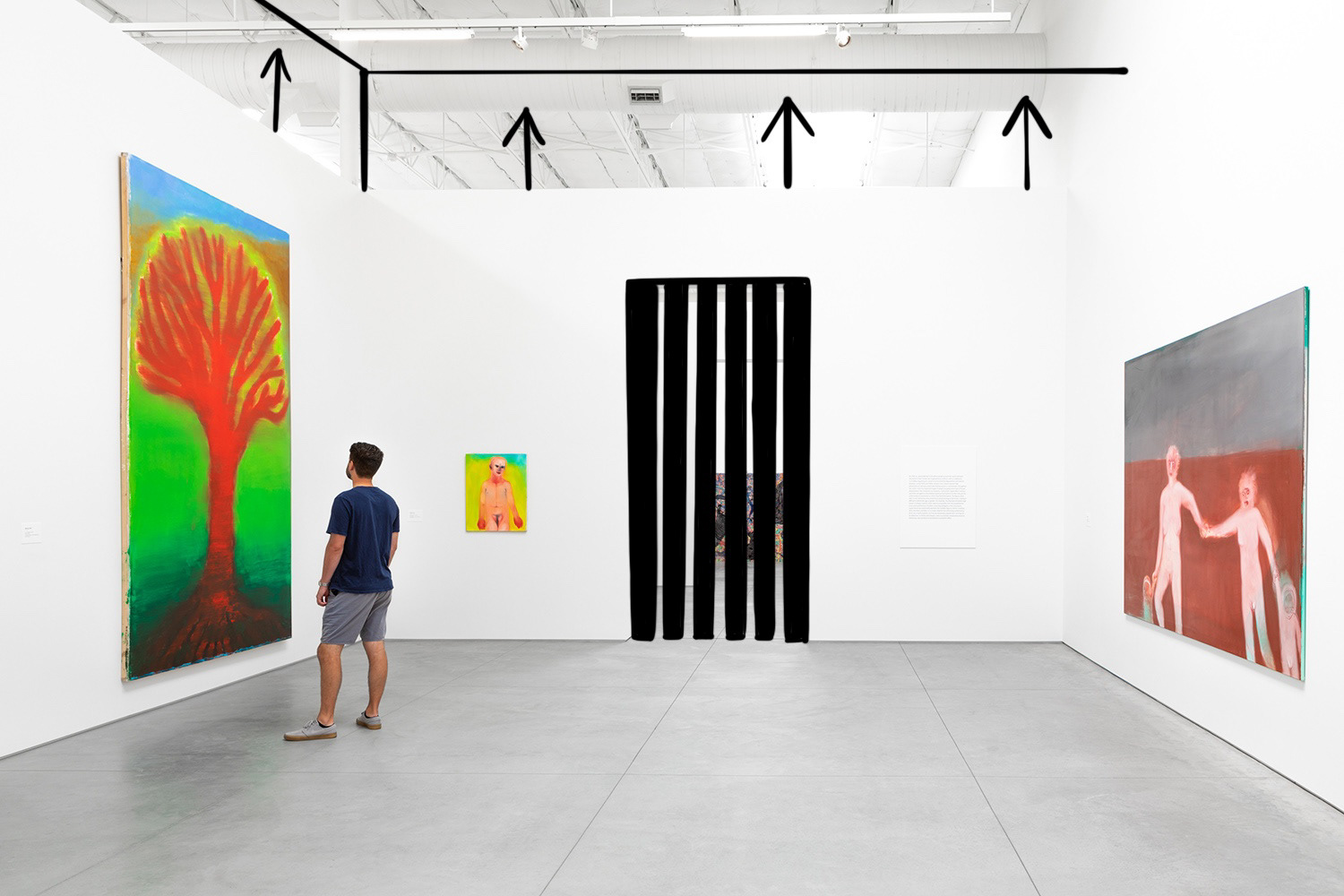
THE WORK:
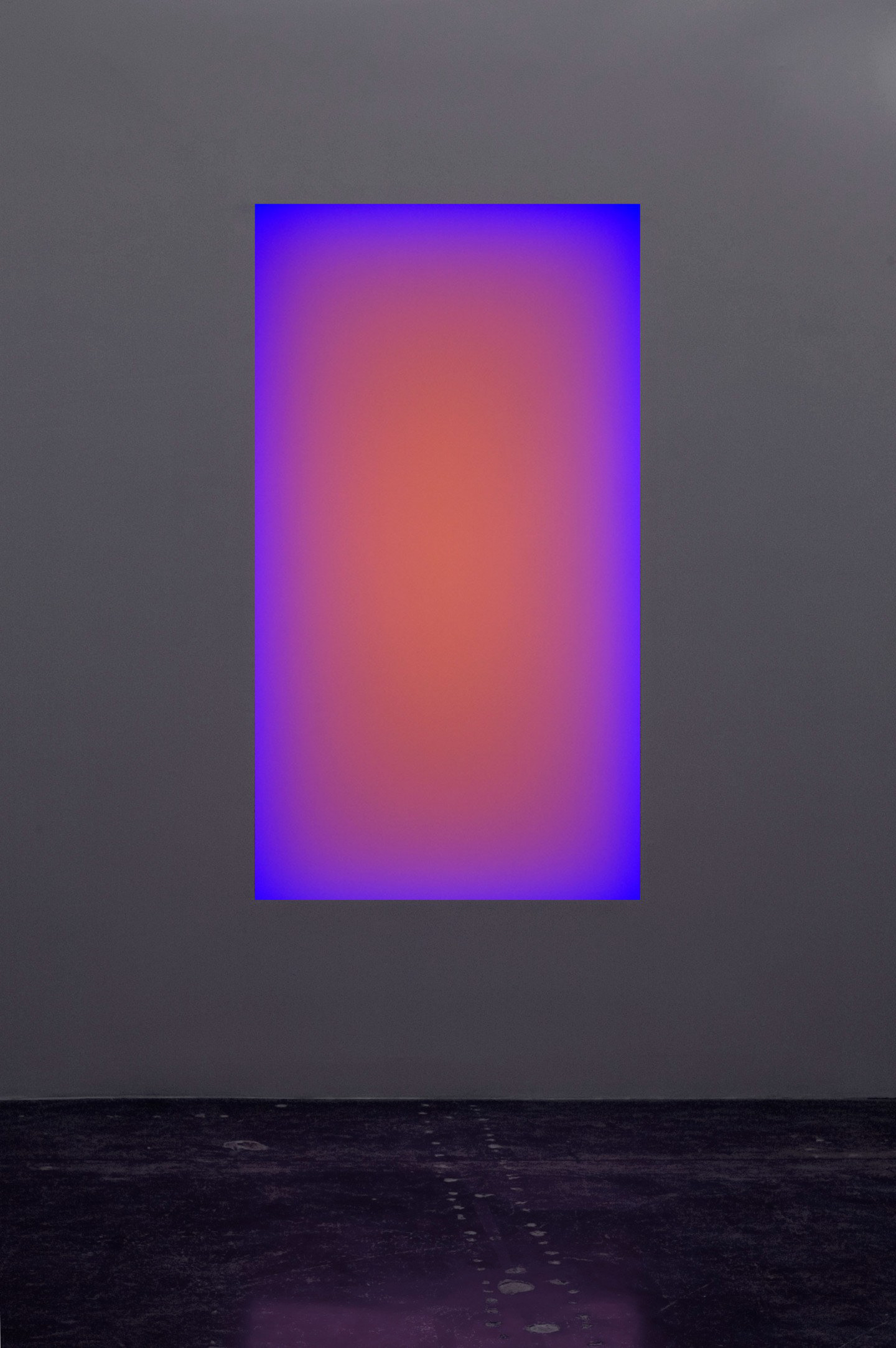
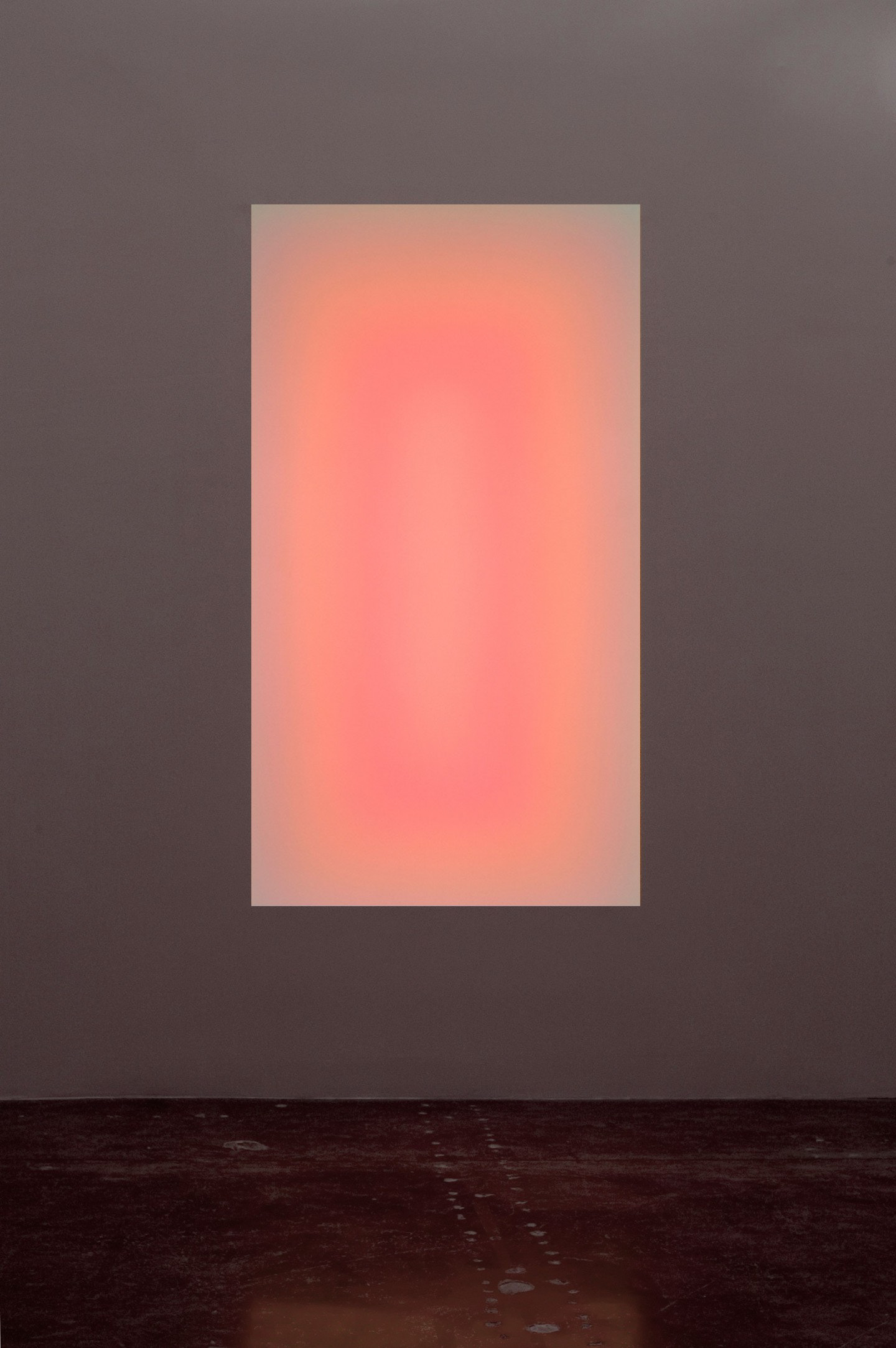
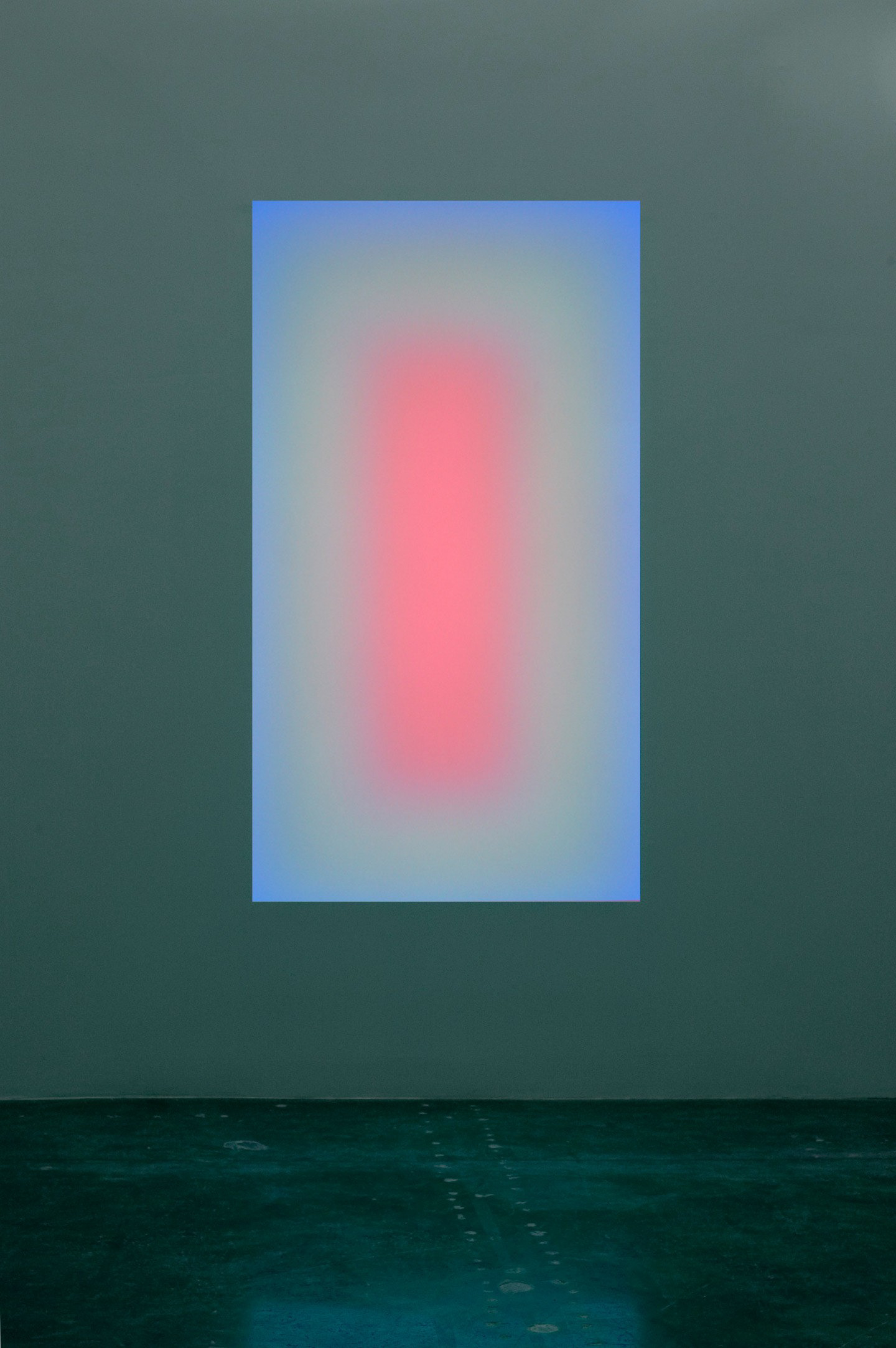
James Turrell
Gathered Light, 2006
Aluminum, glass, and LED
Site-Specific Dimensions
Gathered Light, 2006
Aluminum, glass, and LED
Site-Specific Dimensions
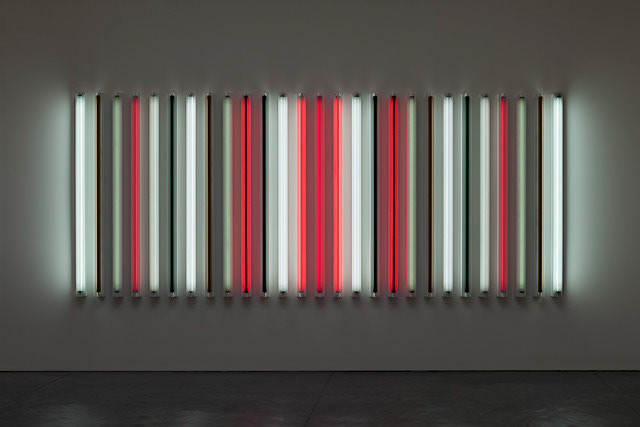
Robert Irwin
All That Jazz, 2011
27 Fluorescent lights/tubes and synthetic gels
182.9 x 457.2 x 11.7cm
All That Jazz, 2011
27 Fluorescent lights/tubes and synthetic gels
182.9 x 457.2 x 11.7cm
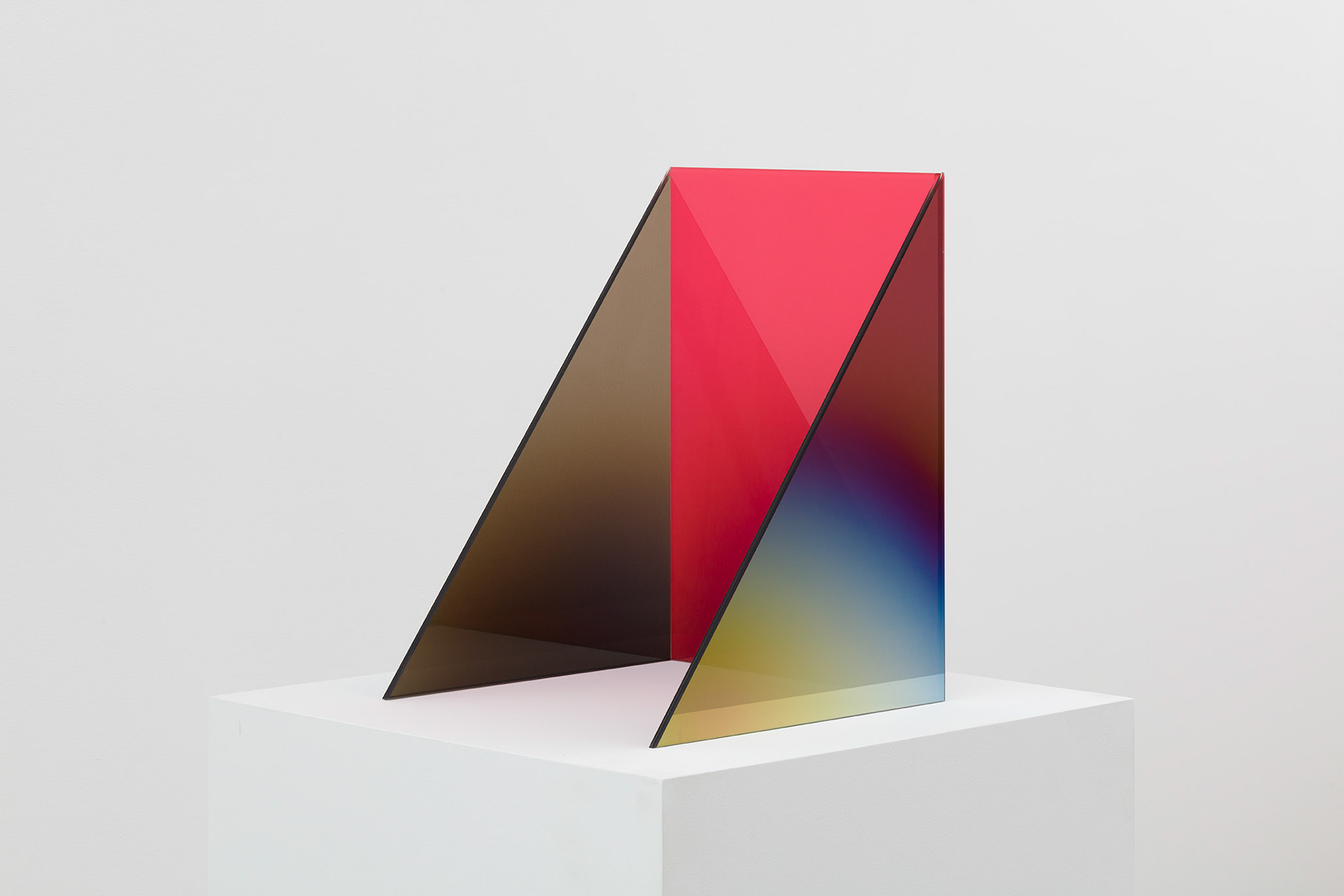
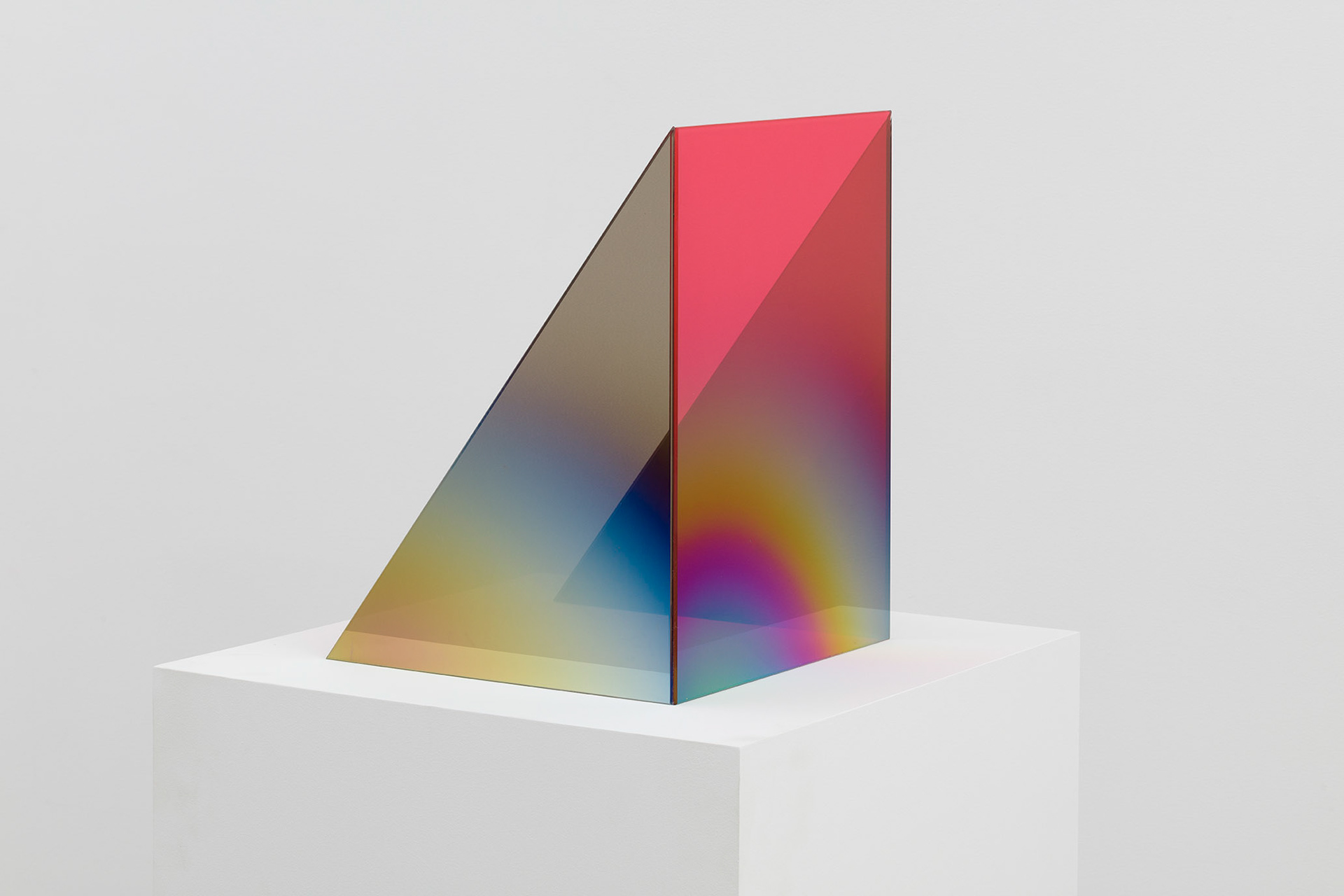
Larry Bell
TRIOLITH-C SS (Poppy:Mink) (2020)
Poppy and Mink laminated glass coated with Inconel and silicon monoxide
16 x 12 x 12 in
TRIOLITH-C SS (Poppy:Mink) (2020)
Poppy and Mink laminated glass coated with Inconel and silicon monoxide
16 x 12 x 12 in
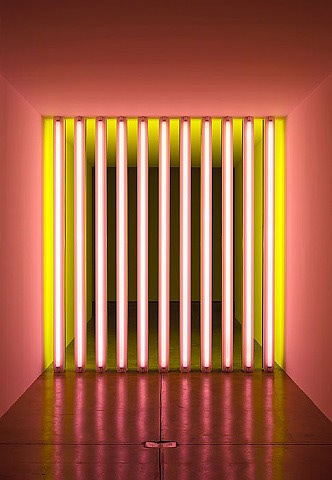
Dan Flavin
Untitled (to Barry Mike Chuck and Leonard,) 1975
Yellow and pink fluorescent light
96 x 96 in
Untitled (to Barry Mike Chuck and Leonard,) 1975
Yellow and pink fluorescent light
96 x 96 in
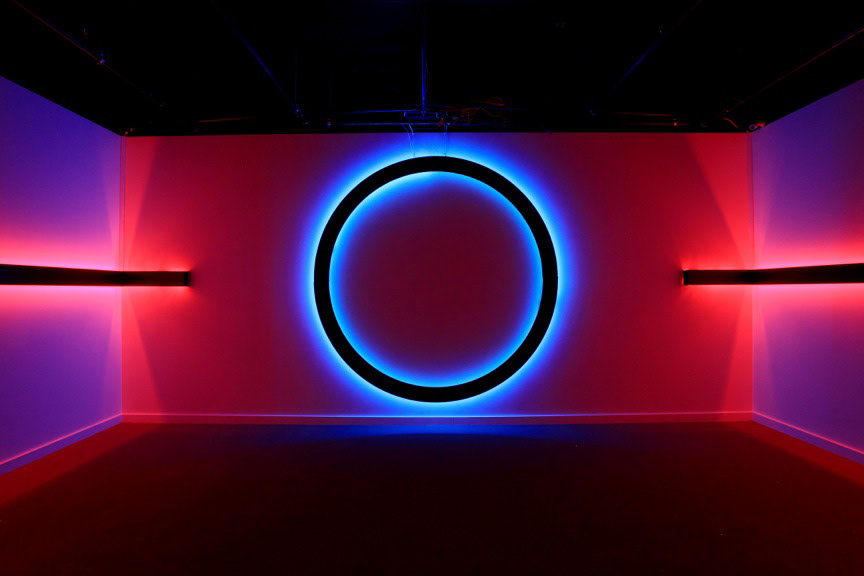
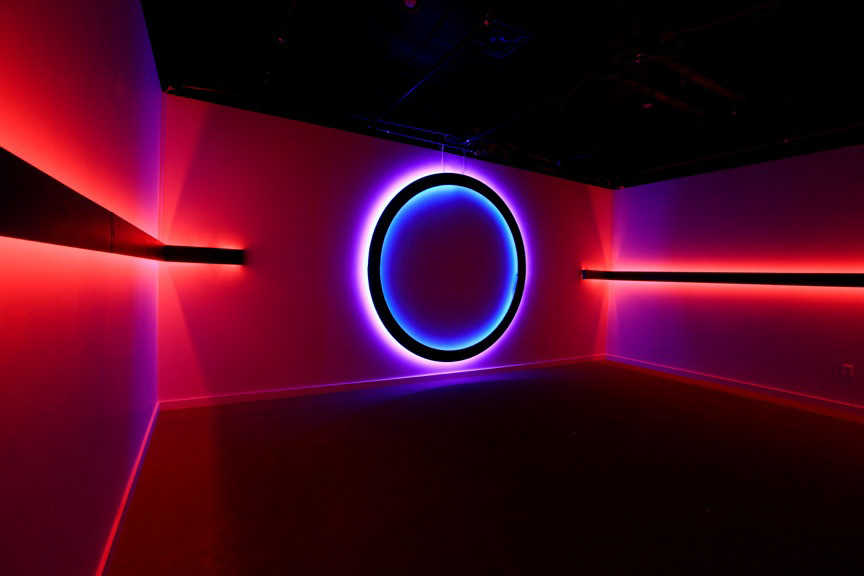
Collin Parson
Divided (Series) (2014)
LED and aluminum
Site-specific dimensions
Divided (Series) (2014)
LED and aluminum
Site-specific dimensions
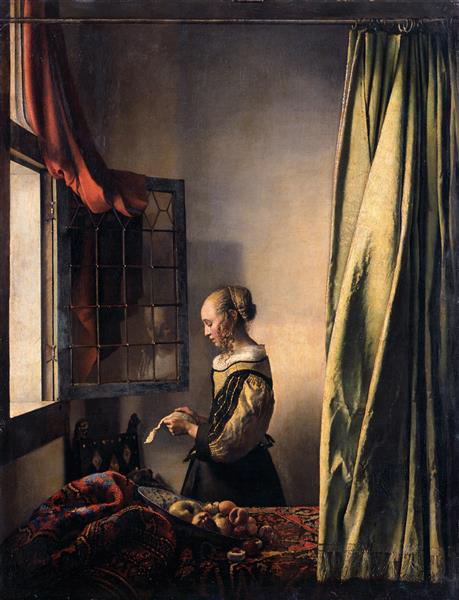
Johannes Vermeer
Girl Reading a Letter at an Open Window, 1657
Oil on canvas
64.5 x 83 cm
Girl Reading a Letter at an Open Window, 1657
Oil on canvas
64.5 x 83 cm
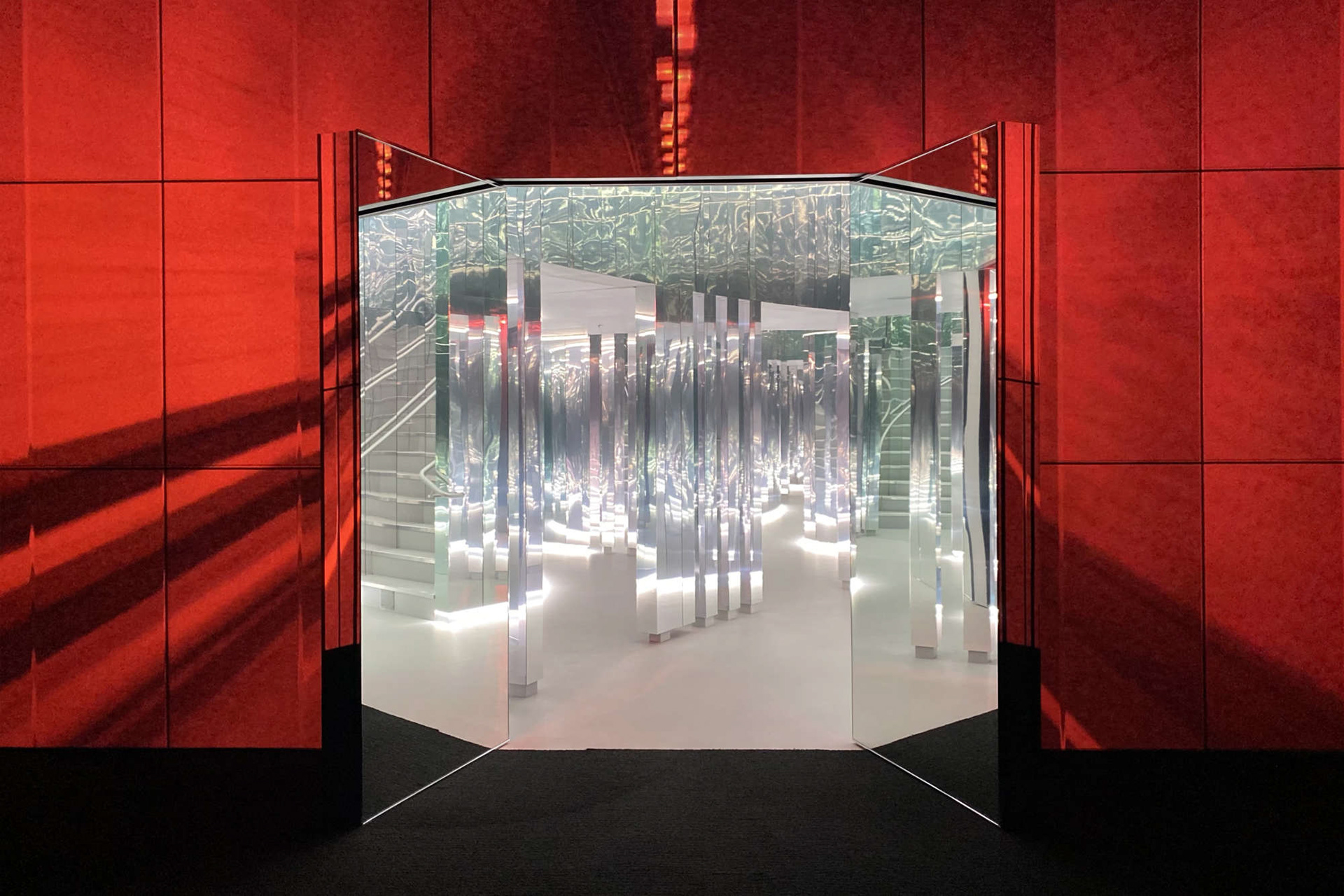
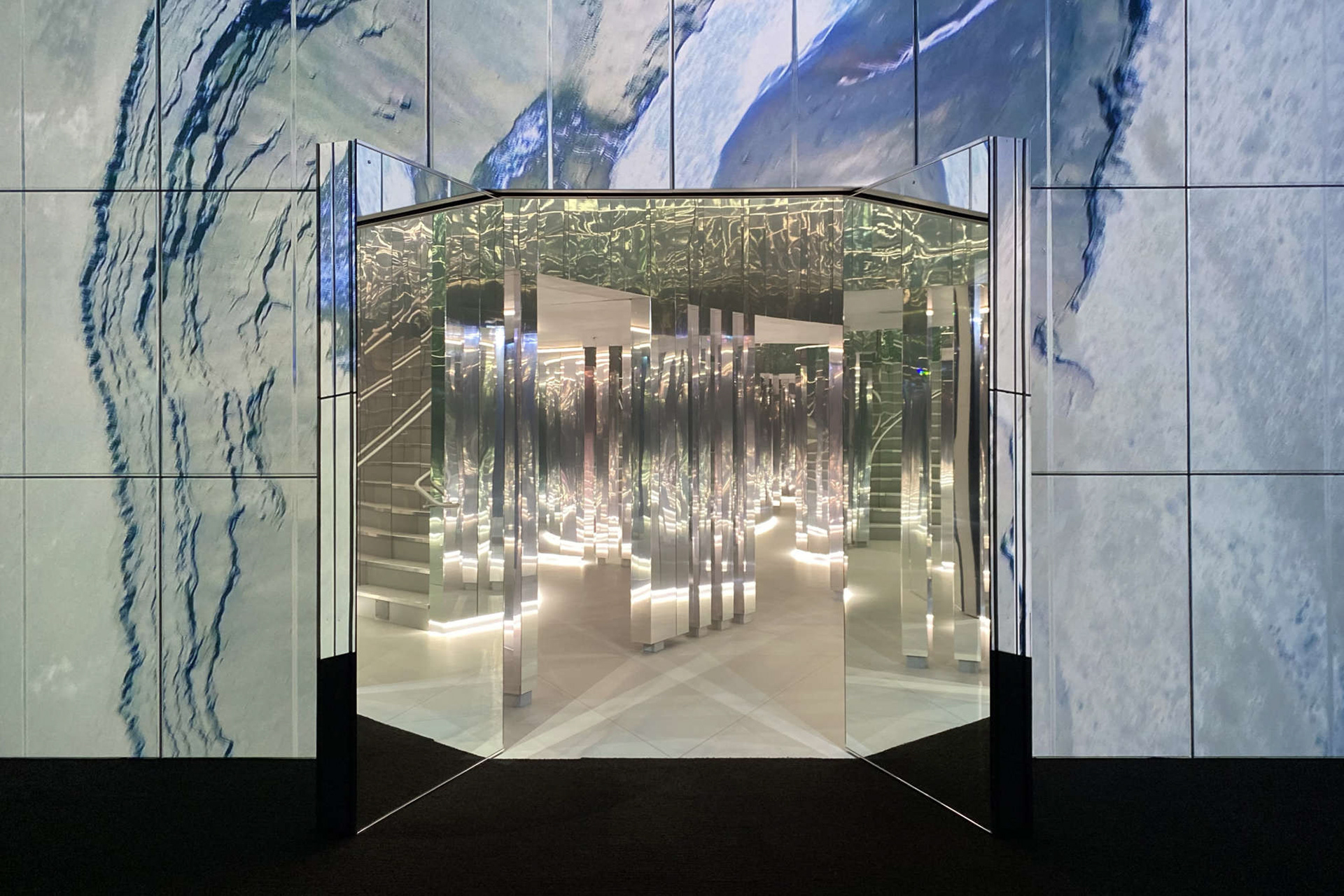
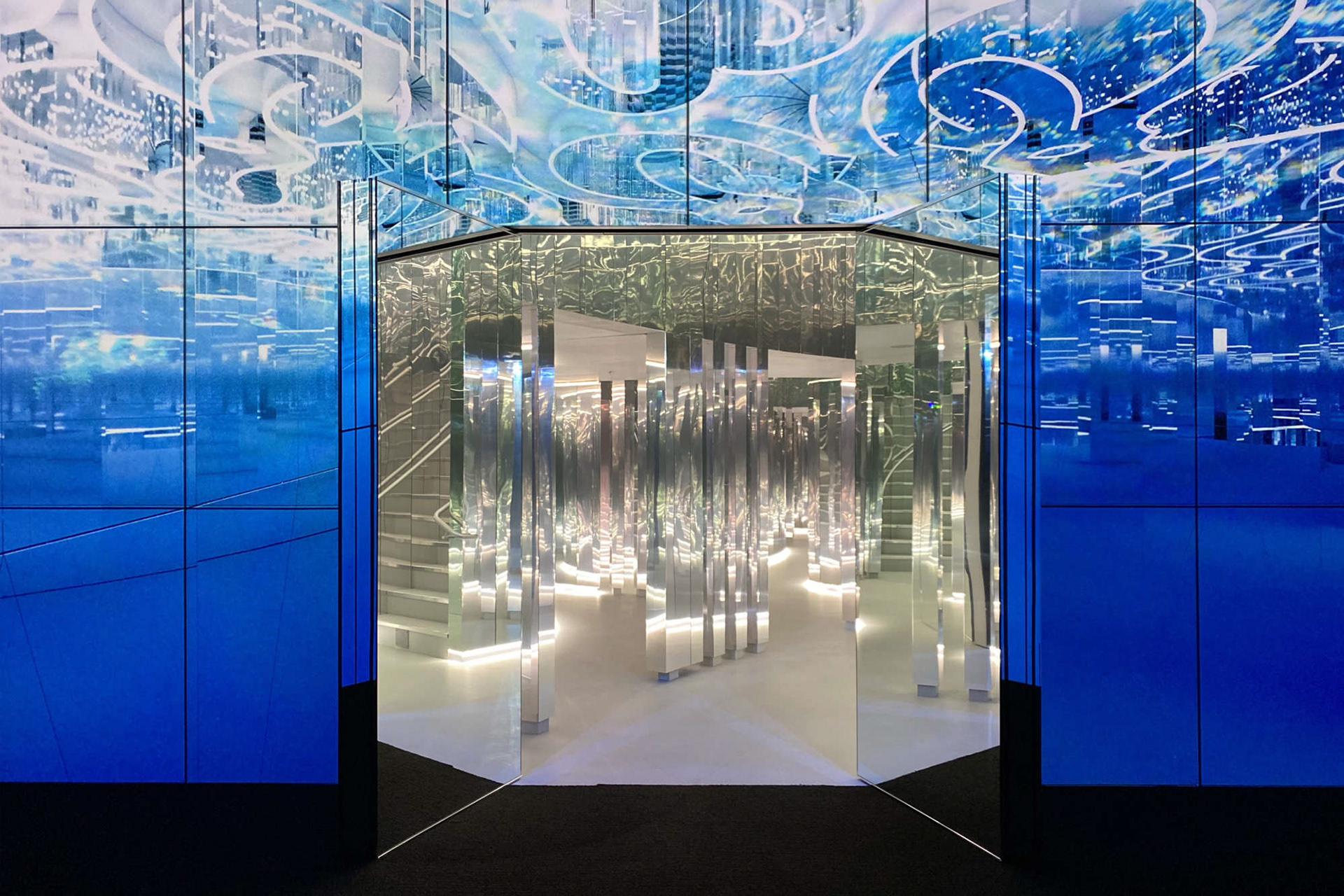
Es Devlin
Forest of Us, 2021
Film and mirror installation
Site-specific dimensions
Forest of Us, 2021
Film and mirror installation
Site-specific dimensions
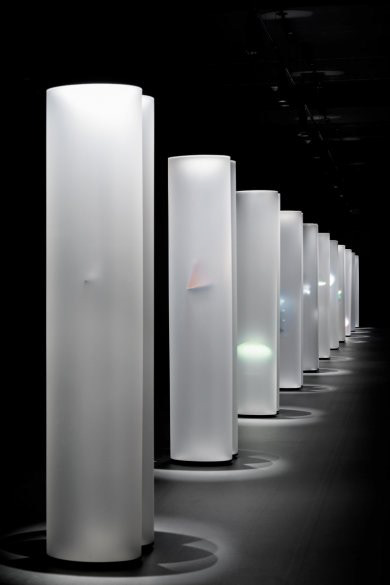
Helen Pashgian
Untitled, 2012-13
Formed acrylic
Dimensions variable
Untitled, 2012-13
Formed acrylic
Dimensions variable
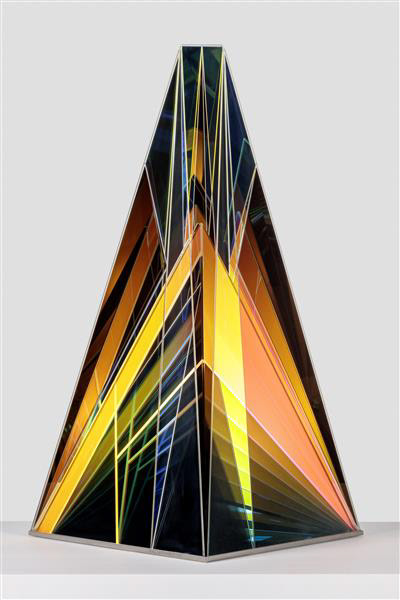
Ray Howlett
Ascension, 1998
Glass, mirror, electric light
30.5 x 20 x 10 inches
Ascension, 1998
Glass, mirror, electric light
30.5 x 20 x 10 inches
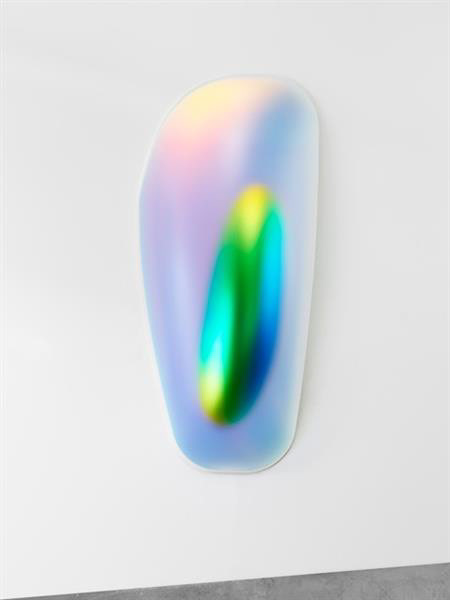
Gisela Colon
Hyper Ellipsoid (Gold Aqua), 2017
Blow-molded acrylic
228.6 x 106.7 x 30.5 cm
Hyper Ellipsoid (Gold Aqua), 2017
Blow-molded acrylic
228.6 x 106.7 x 30.5 cm
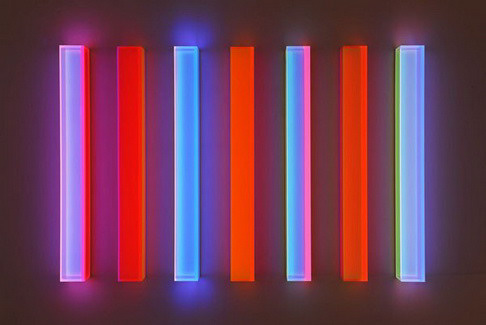
Regine Schumann
Colormirror Chelsea Seven, 1-7, 2012
Fluorescent and photoluminescent acrylic
33 x 56 x 3 in
Colormirror Chelsea Seven, 1-7, 2012
Fluorescent and photoluminescent acrylic
33 x 56 x 3 in
*The above curatorial projects are just concepts and not real exhibitions*

